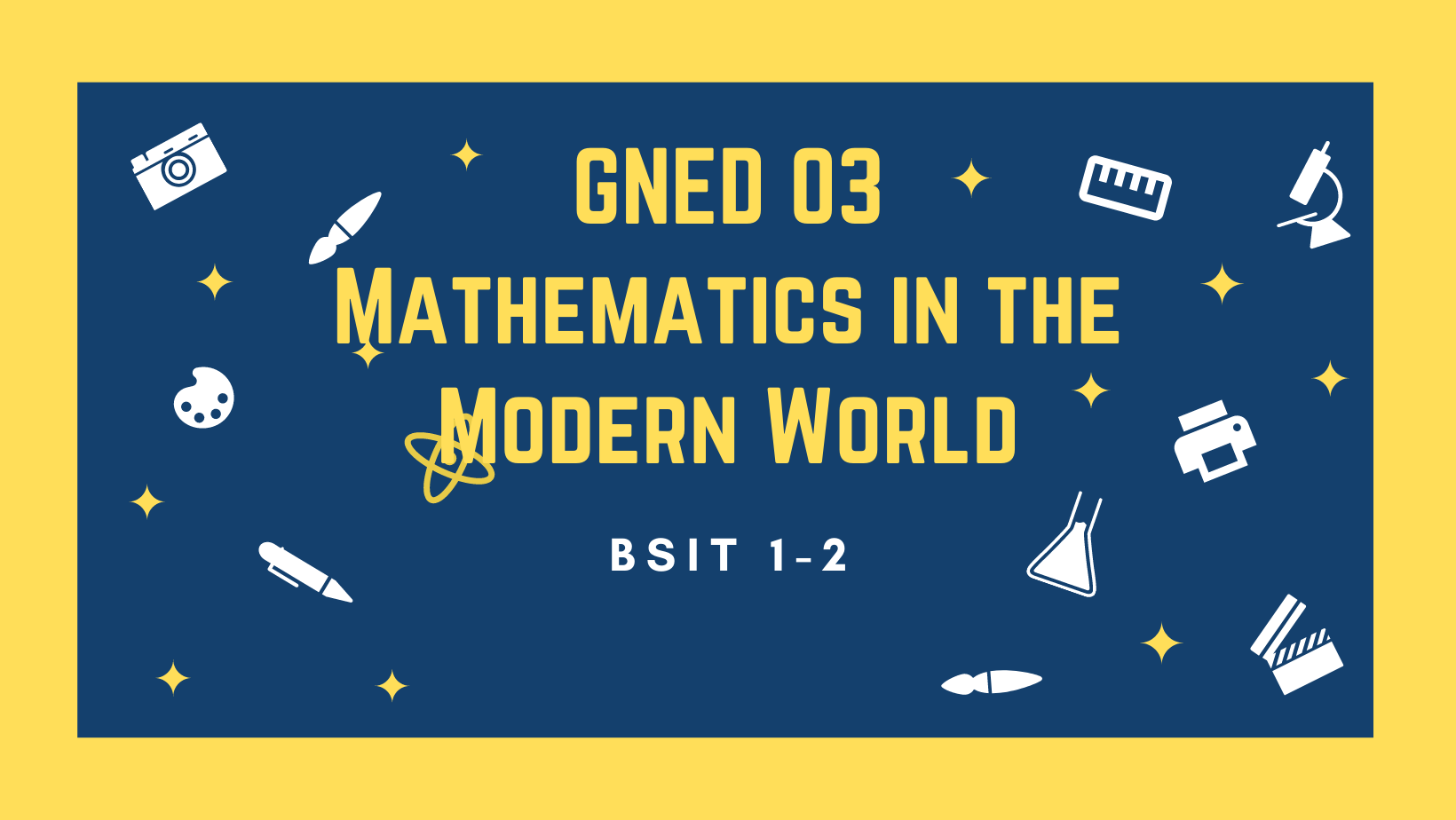Search results: 2070
Nature, function and appreciation of the arts in contemporary society.

- Teacher: CAS_Alfred Alcantara
Category: CAS
Art Appreciation is a 3-unit course that develops students’ ability to appreciate, analyze and critique works of art. Through interdisciplinary and multimodal approaches, this course equips students with a broad knowledge of the practical, historical, philosophical, and social relevance of the arts in order to hone students’ ability to articulate their understanding of the arts. The course also develops students’ competency in researching and curating art as well as conceptualizing, mounting and evaluating art productions. The course aims to develop students’ genuine appreciation for Philippine arts by providing them opportunities to explore the diversity and richness and their rootedness in Filipino culture.

- Teacher: IC_JERVIN QUICHO
Category: Imus Campus
Principles of ethical behavior in modern society at the level of the person, society, and in interaction with the environment and other shared resources.

- Teacher: NC_Maria Pilar N. Correo
Category: Naic Campus
This course deals with nature of mathematics, appreciation of its practical, intellectual, and aesthetic dimensions, and application of mathematical tools in daily life.
- Teacher: Judilyn Gonzales
Category: CCATCampus
This course is not yet visible to your students. Please don't forget to set the course visibility settings to "Show" when your course is ready. Refer to "4.1.1 HOW TO MANAGE COURSE SETTINGS" of the Teacher's Guide.
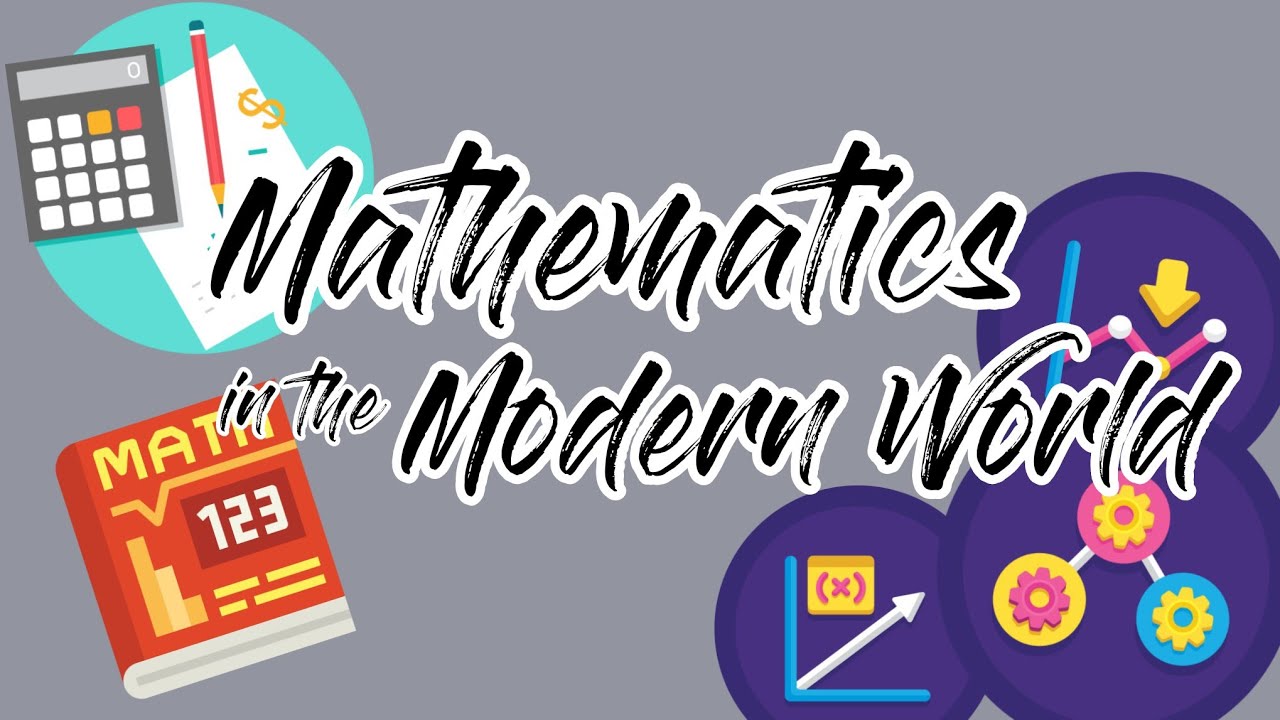
- Teacher: CAS_Katelyn Escalante
Category: CAS
This course is not yet visible to your students. Please don't forget to set the course visibility settings to "Show" when your course is ready. Refer to "4.1.1 HOW TO MANAGE COURSE SETTINGS" of the Teacher's Guide.

- Teacher: CAS_Katelyn Escalante
Category: CAS
This course is not yet visible to your students. Please don't forget to set the course visibility settings to "Show" when your course is ready. Refer to "4.1.1 HOW TO MANAGE COURSE SETTINGS" of the Teacher's Guide.

- Teacher: CAS_Katelyn Escalante
Category: CAS
This course is not yet visible to your students. Please don't forget to set the course visibility settings to "Show" when your course is ready. Refer to "4.1.1 HOW TO MANAGE COURSE SETTINGS" of the Teacher's Guide.

- Teacher: CAS_Katelyn Escalante
Category: Backup
This course is not yet visible to your students. Please don't forget to set the course visibility settings to "Show" when your course is ready. Refer to "4.1.1 HOW TO MANAGE COURSE SETTINGS" of the Teacher's Guide.
- Teacher: CC_RobertJan Bayan
Category: Carmona Campus
This course is not yet visible to your students. Please don't forget to set the course visibility settings to "Show" when your course is ready. Refer to "4.1.1 HOW TO MANAGE COURSE SETTINGS" of the Teacher's Guide.
- Teacher: Bryan Cordova
Category: CAS
This course deals with nature of mathematics, appreciation of its practical, intellectual and aesthetic dimensions, and application of mathematical tools in daily life.
The course begins with an introduction to the nature of mathematics as an exploration of patterns (in nature and the environment) and as an application of inductive and deductive reasoning. By exploring these topics, students are encouraged to go beyond the typical understanding of mathematics as merely a set of formulas but as a source of aesthetics in patterns of nature, for example, and a rich language in itself (and of science) governed by logic and reasoning.
The course then proceeds to survey ways in which mathematics provides a tool for understanding and dealing with various aspects of present-day living, such as managing personal finances, making social choices, appreciating geometric designs, understanding codes, used in data transmission and security, and dividing limited resources fairly. These aspects will provide opportunities for actually doing mathematics in a broad range of exercises that bring out the various dimensions of mathematics as a way of knowing, and test the students’ understanding and capacity.
The course begins with an introduction to the nature of mathematics as an exploration of patterns (in nature and the environment) and as an application of inductive and deductive reasoning. By exploring these topics, students are encouraged to go beyond the typical understanding of mathematics as merely a set of formulas but as a source of aesthetics in patterns of nature, for example, and a rich language in itself (and of science) governed by logic and reasoning.
The course then proceeds to survey ways in which mathematics provides a tool for understanding and dealing with various aspects of present-day living, such as managing personal finances, making social choices, appreciating geometric designs, understanding codes, used in data transmission and security, and dividing limited resources fairly. These aspects will provide opportunities for actually doing mathematics in a broad range of exercises that bring out the various dimensions of mathematics as a way of knowing, and test the students’ understanding and capacity.
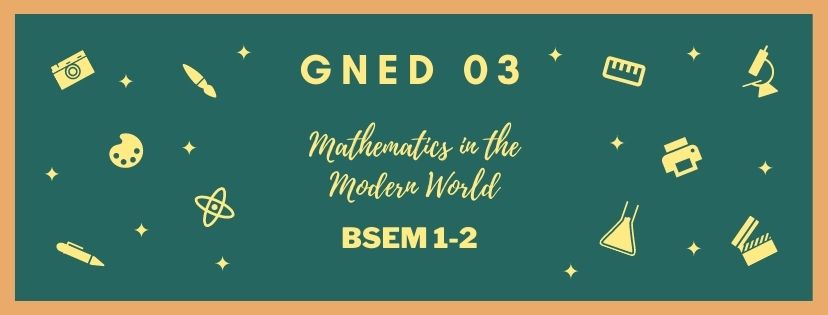
- Teacher: TC_Mary Joy Angelique Mojica
Category: Tanza Campus
This course deals with nature of mathematics, appreciation of its practical, intellectual, and aesthetic dimensions, and application of mathematical tools in daily life. The course begins with an introduction to the nature of mathematics as an exploration of patterns (in nature and the environment) and as an application of inductive and deductive reasoning. By exploring these topics, students are encouraged to go beyond the typical understanding of mathematics as merely a set of formulas but as a source of aesthetics in patterns of nature, for example, and a rich language in itself (and of science) governed by logic and reasoning. The course then proceeds to survey ways in which mathematics provides a tool for understanding and dealing with various aspects of present-day living, such as managing personal finances, making social choices, appreciating geometric designs, understanding codes, used in data transmission and security, and dividing limited resources fairly. These aspects will provide opportunities for actually doing mathematics in a broad range of exercises that bring out the various dimensions of mathematics as a way of knowing, and test the students’ understanding and capacity.

- Teacher: Bryan Cordova
Category: CAS
Course Description This course deals with nature of mathematics, appreciation of its practical, intellectual, and aesthetic dimensions, and application of mathematical tools in daily life. The course begins with an introduction to the nature of mathematics as an exploration of patterns (in nature and the environment) and as an application of inductive and deductive reasoning. By exploring these topics, students are encouraged to go beyond the typical understanding of mathematics as merely a set of formulas but as a source of aesthetics in patterns of nature, for example, and a rich language in itself (and of science) governed by logic and reasoning. The course then proceeds to survey ways in which mathematics provides a tool for understanding and dealing with various aspects of present-day living, such as managing personal finances, making social choices, appreciating geometric designs, understanding codes, used in data transmission and security, and dividing limited resources fairly. These aspects will provide opportunities for actually doing mathematics in a broad range of exercises that bring out the various dimensions of mathematics as a way of knowing, and test the students’ understanding and capacity.

- Teacher: Bryan Cordova
Category: CAS
This course deals with nature of mathematics, appreciation of its practical, intellectual and aesthetic dimensions, and application of mathematical tools in daily life.
The course begins with an introduction to the nature of mathematics as an exploration of patterns (in nature and the environment) and as an application of inductive and deductive reasoning. By exploring these topics, students are encouraged to go beyond the typical understanding of mathematics as merely a set of formulas but as a source of aesthetics in patterns of nature, for example, and a rich language in itself (and of science) governed by logic and reasoning.
The course then proceeds to survey ways in which mathematics provides a tool for understanding and dealing with various aspects of present-day living, such as managing personal finances, making social choices, appreciating geometric designs, understanding codes, used in data transmission and security, and dividing limited resources fairly. These aspects will provide opportunities for actually doing mathematics in a broad range of exercises that bring out the various dimensions of mathematics as a way of knowing, and test the students’ understanding and capacity.
The course begins with an introduction to the nature of mathematics as an exploration of patterns (in nature and the environment) and as an application of inductive and deductive reasoning. By exploring these topics, students are encouraged to go beyond the typical understanding of mathematics as merely a set of formulas but as a source of aesthetics in patterns of nature, for example, and a rich language in itself (and of science) governed by logic and reasoning.
The course then proceeds to survey ways in which mathematics provides a tool for understanding and dealing with various aspects of present-day living, such as managing personal finances, making social choices, appreciating geometric designs, understanding codes, used in data transmission and security, and dividing limited resources fairly. These aspects will provide opportunities for actually doing mathematics in a broad range of exercises that bring out the various dimensions of mathematics as a way of knowing, and test the students’ understanding and capacity.
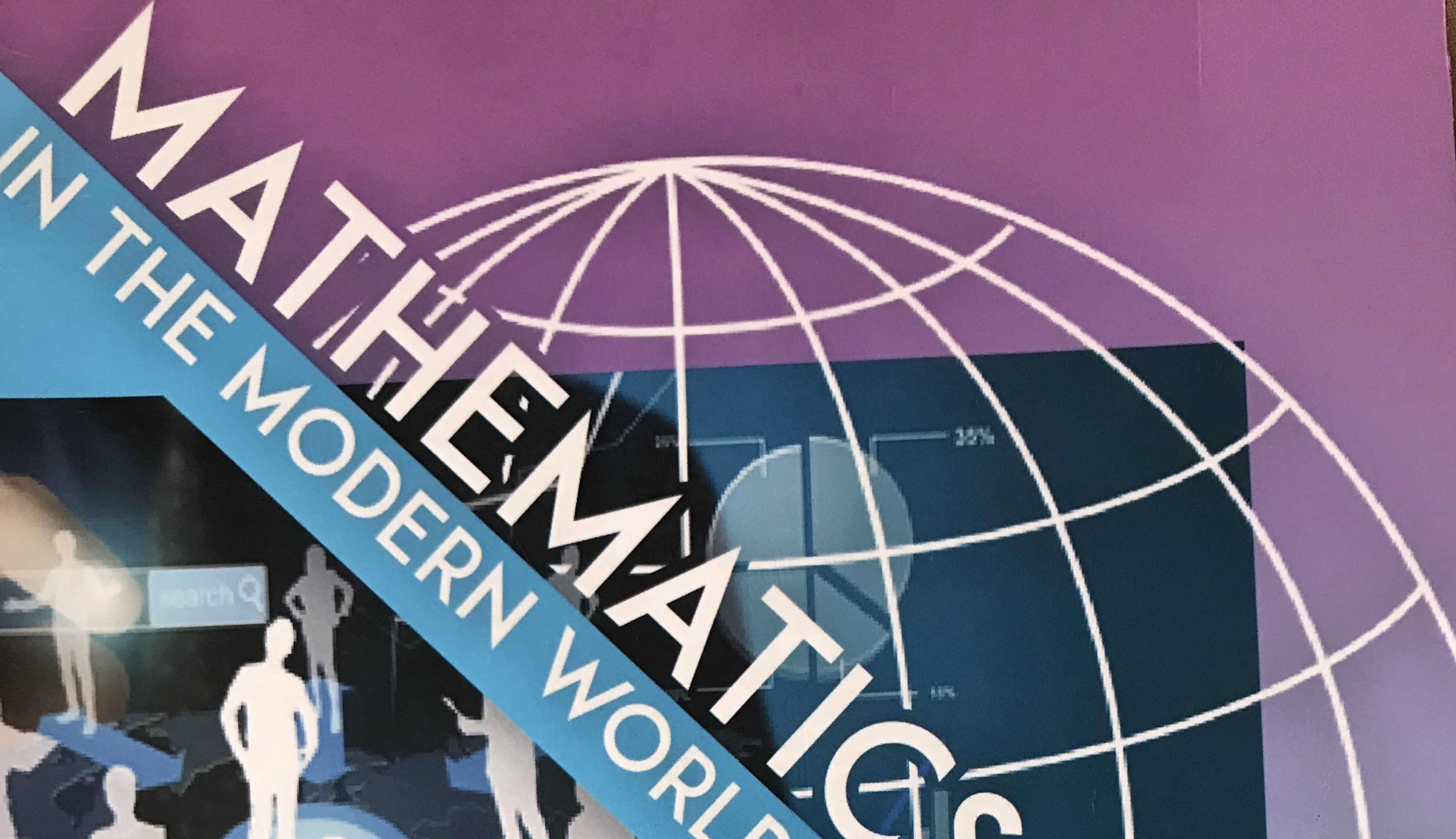
- Teacher: TC_Jonna Matel
Category: Tanza Campus
This course deals with nature of mathematics, appreciation of its practical, intellectual, and aesthetic dimensions, and application of mathematical tools in daily life. The course begins with an introduction to the nature of mathematics as an exploration of patterns (in nature and the environment) and as an application of inductive and deductive reasoning. By exploring these topics, students are encouraged to go beyond the typical understanding of mathematics as merely a set of formulas but as a source of aesthetics in patterns of nature, for example, and a rich language in itself (and of science) governed by logic and reasoning. The course then proceeds to survey ways in which mathematics provides a tool for understanding and dealing with various aspects of present-day living, such as managing personal finances, making social choices, appreciating geometric designs, understanding codes, used in data transmission and security, and dividing limited resources fairly. These aspects will provide opportunities for actually doing mathematics in a broad range of exercises that bring out the various dimensions of mathematics as a way of knowing, and test the students’ understanding and capacity.

- Teacher: CAS_Ciara Asas
Category: CAS
This course deals with nature of mathematics, appreciation of its practical, intellectual, and aesthetic dimensions, and application of mathematical tools in daily life. The course begins with an introduction to the nature of mathematics as an exploration of patterns (in nature and the environment) and as an application of inductive and deductive reasoning. By exploring these topics, students are encouraged to go beyond the typical understanding of mathematics as merely a set of formulas but as a source of aesthetics in patterns of nature, for example, and a rich language in itself (and of science) governed by logic and reasoning. The course then proceeds to survey ways in which mathematics provides a tool for understanding and dealing with various aspects of present-day living, such as managing personal finances, making social choices, appreciating geometric designs, understanding codes, used in data transmission and security, and dividing limited resources fairly. These aspects will provide opportunities for actually doing mathematics in a broad range of exercises that bring out the various dimensions of mathematics as a way of knowing, and test the students’ understanding and capacity.
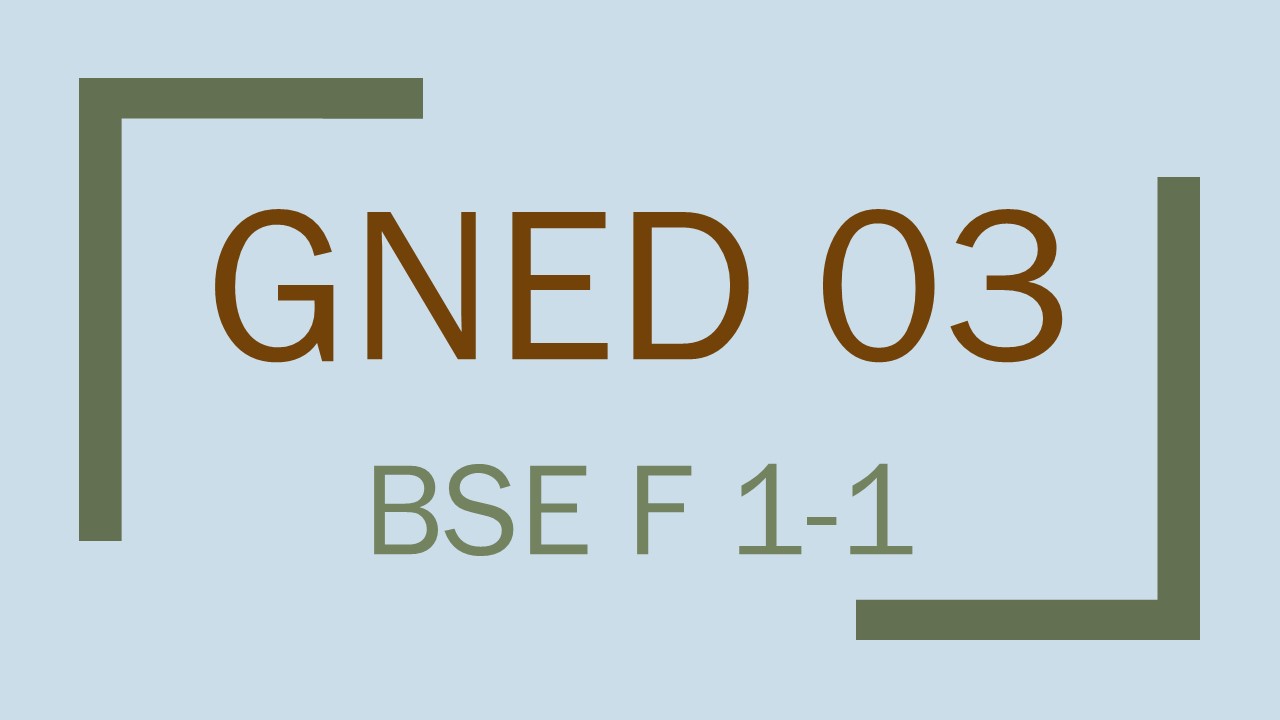
- Teacher: CAS_Ciara Asas
Category: CAS
This course deals with nature of mathematics, appreciation of its practical, intellectual, and aesthetic dimensions, and application of mathematical tools in daily life. The course begins with an introduction to the nature of mathematics as an exploration of patterns (in nature and the environment) and as an application of inductive and deductive reasoning. By exploring these topics, students are encouraged to go beyond the typical understanding of mathematics as merely a set of formulas but as a source of aesthetics in patterns of nature, for example, and a rich language in itself (and of science) governed by logic and reasoning. The course then proceeds to survey ways in which mathematics provides a tool for understanding and dealing with various aspects of present-day living, such as managing personal finances, making social choices, appreciating geometric designs, understanding codes, used in data transmission and security, and dividing limited resources fairly. These aspects will provide opportunities for actually doing mathematics in a broad range of exercises that bring out the various dimensions of mathematics as a way of knowing, and test the students’ understanding and capacity.
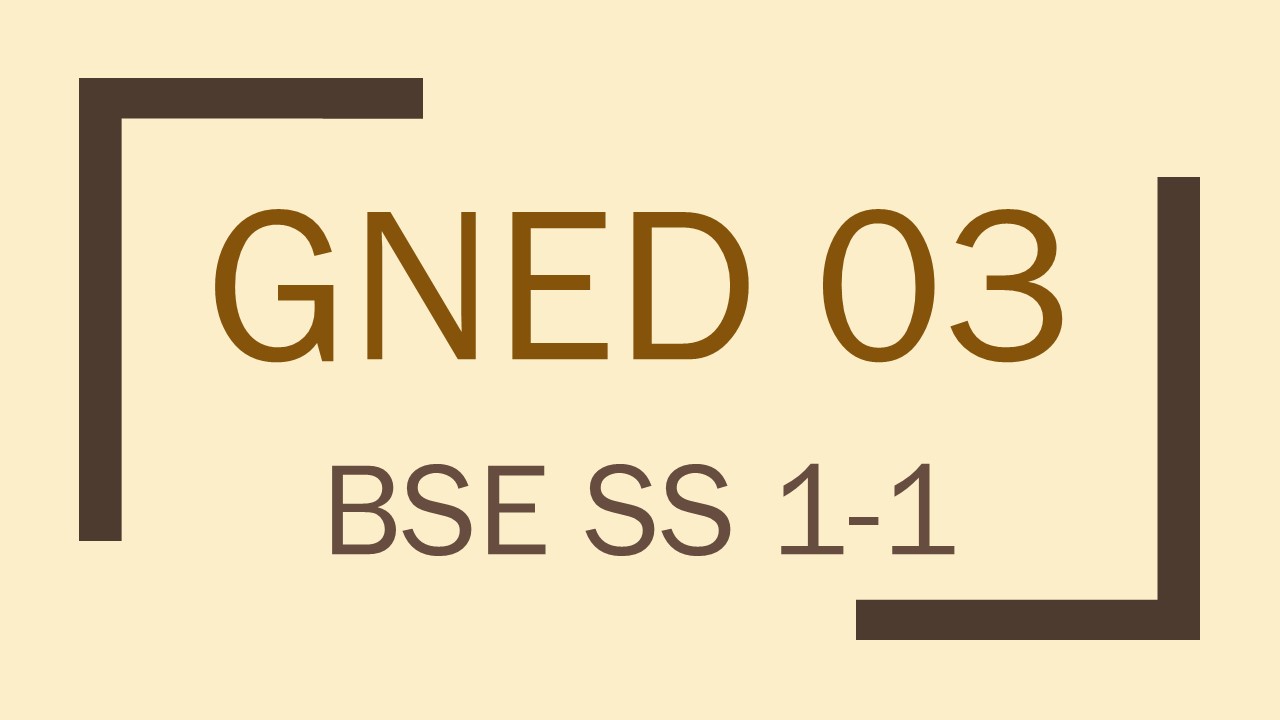
- Teacher: CAS_Ciara Asas
Category: CAS
This course deals with nature of mathematics, appreciation of its practical, intellectual, and aesthetic dimensions, and application of mathematical tools in daily life. The course begins with an introduction to the nature of mathematics as an exploration of patterns (in nature and the environment) and as an application of inductive and deductive reasoning. By exploring these topics, students are encouraged to go beyond the typical understanding of mathematics as merely a set of formulas but as a source of aesthetics in patterns of nature, for example, and a rich language in itself (and of science) governed by logic and reasoning. The course then proceeds to survey ways in which mathematics provides a tool for understanding and dealing with various aspects of present-day living, such as managing personal finances, making social choices, appreciating geometric designs, understanding codes, used in data transmission and security, and dividing limited resources fairly. These aspects will provide opportunities for actually doing mathematics in a broad range of exercises that bring out the various dimensions of mathematics as a way of knowing, and test the students’ understanding and capacity.
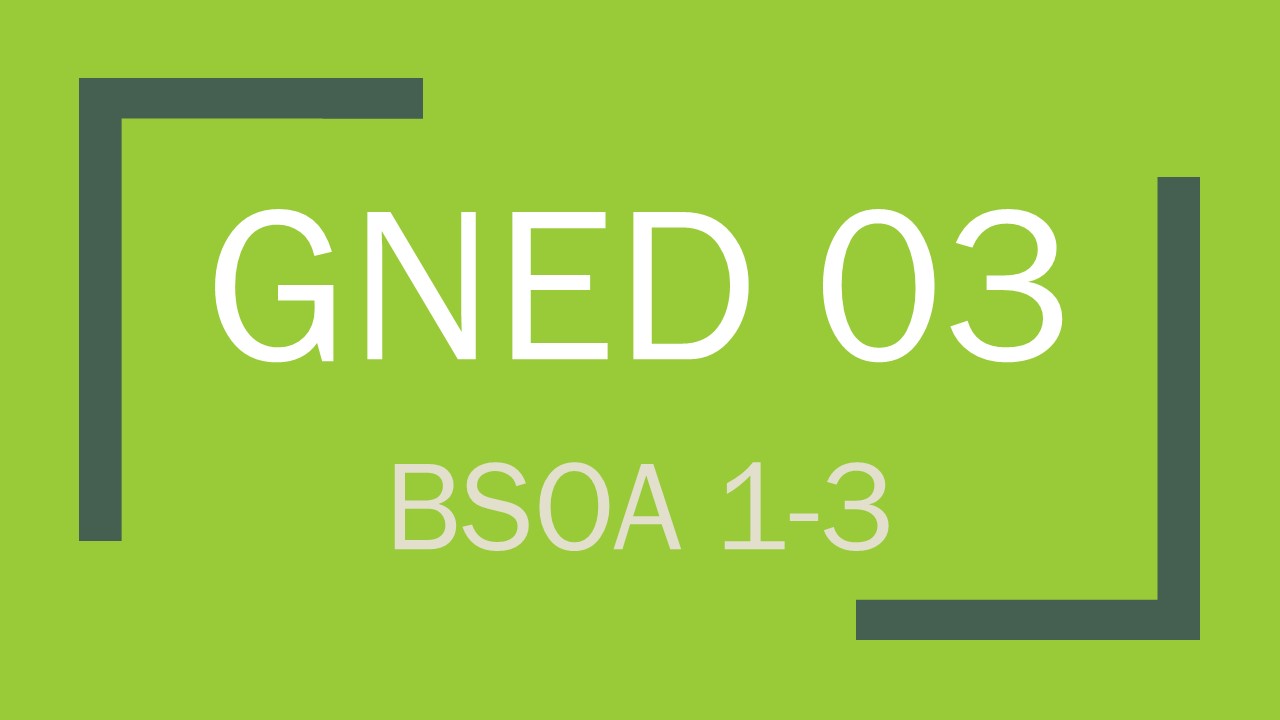
- Teacher: CAS_Ciara Asas
Category: CAS
This course deals with nature of mathematics, appreciation of its practical, intellectual, and aesthetic dimensions, and application of mathematical tools in daily life. The course begins with an introduction to the nature of mathematics as an exploration of patterns (in nature and the environment) and as an application of inductive and deductive reasoning. By exploring these topics, students are encouraged to go beyond the typical understanding of mathematics as merely a set of formulas but as a source of aesthetics in patterns of nature, for example, and a rich language in itself (and of science) governed by logic and reasoning. The course then proceeds to survey ways in which mathematics provides a tool for understanding and dealing with various aspects of present-day living, such as managing personal finances, making social choices, appreciating geometric designs, understanding codes, used in data transmission and security, and dividing limited resources fairly. These aspects will provide opportunities for actually doing mathematics in a broad range of exercises that bring out the various dimensions of mathematics as a way of knowing, and test the students’ understanding and capacity.
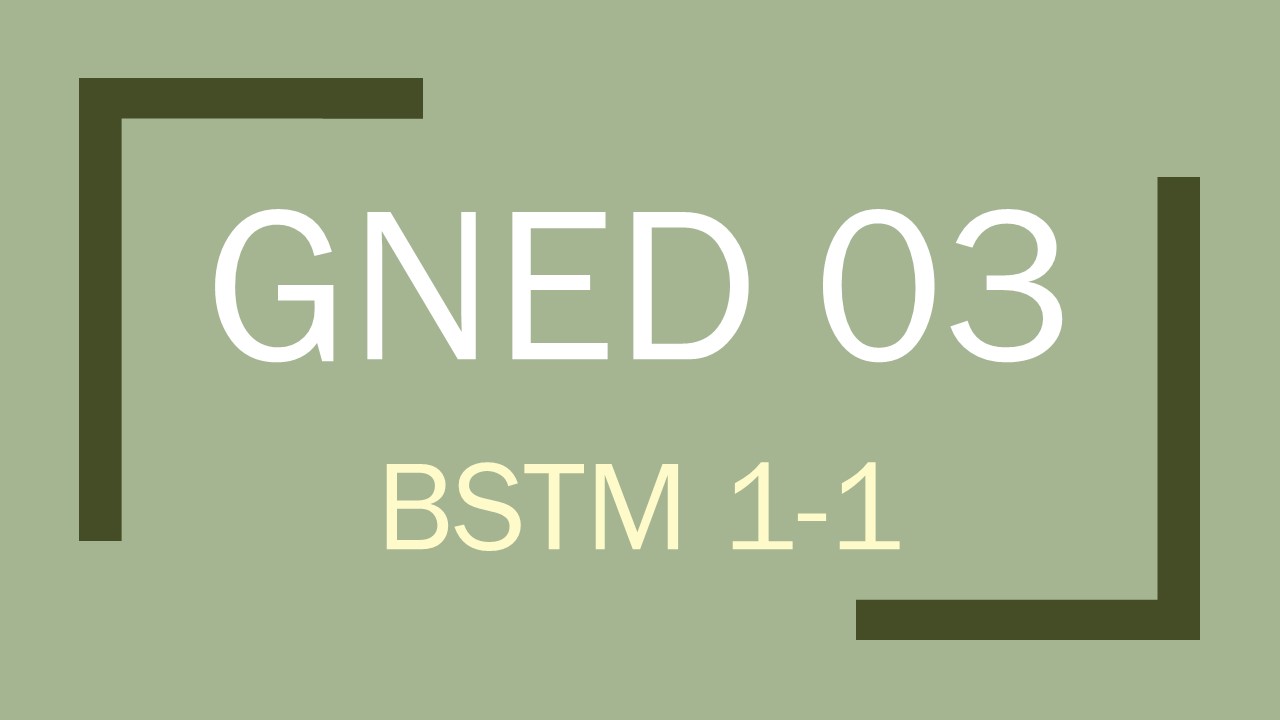
- Teacher: CAS_Ciara Asas
Category: CAS
